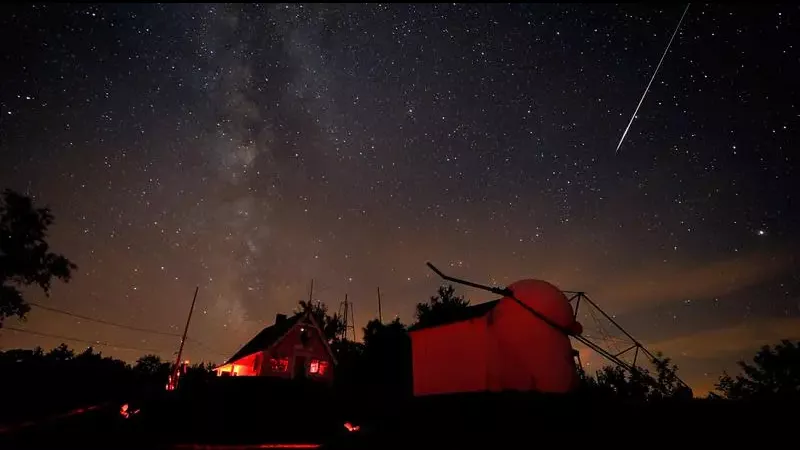
‘There’s a lot to see:’ meteor shower & several planets light up night sky
NANAIMO — A summer of star-gazing continues with the annual Perseids meteor shower producing a variety of bright flashes in the night sky.
VIU astronomy professor Dr. Gregory Arkos said the annual show of bright, broken off debris from a comet peaks this week, producing an average of one meteor flash a minute.
“They’re just screaming along and as they hit the atmosphere friction just basically burns them up and what we see is those flashes, fireballs or just small bits of debris burning up,” Arkos told NanaimoNewsNOW.
He suggested taking in as much of the night sky as possible, focusing away from the northeast which is where the streaks tend to originate from.



